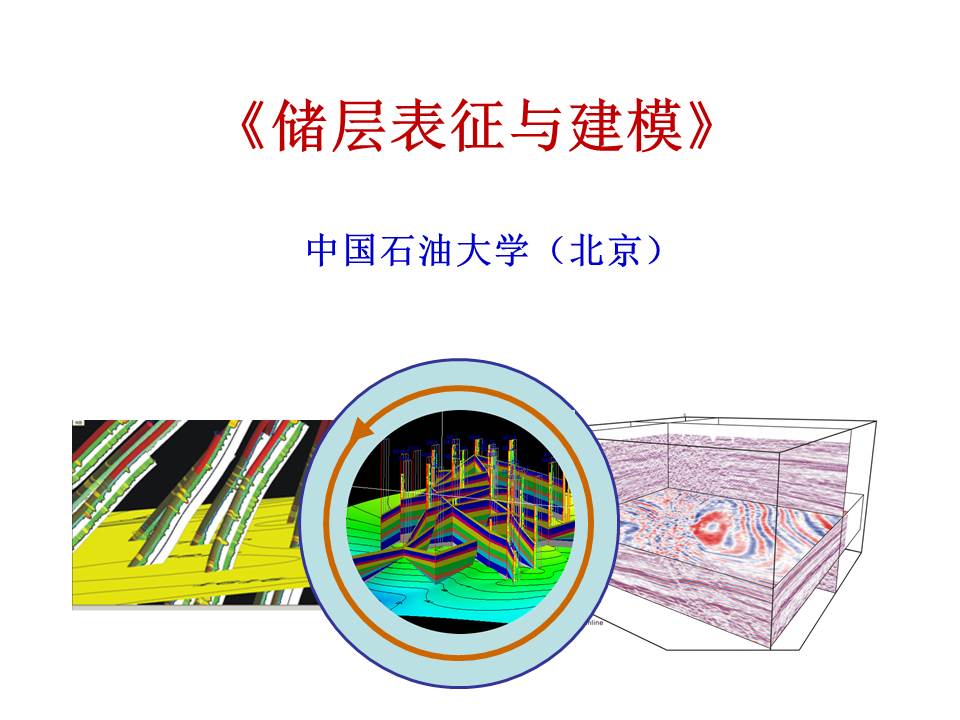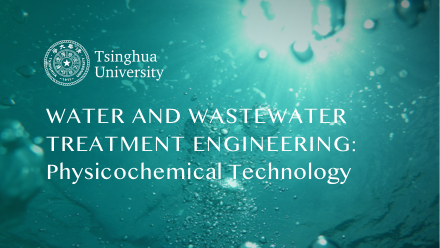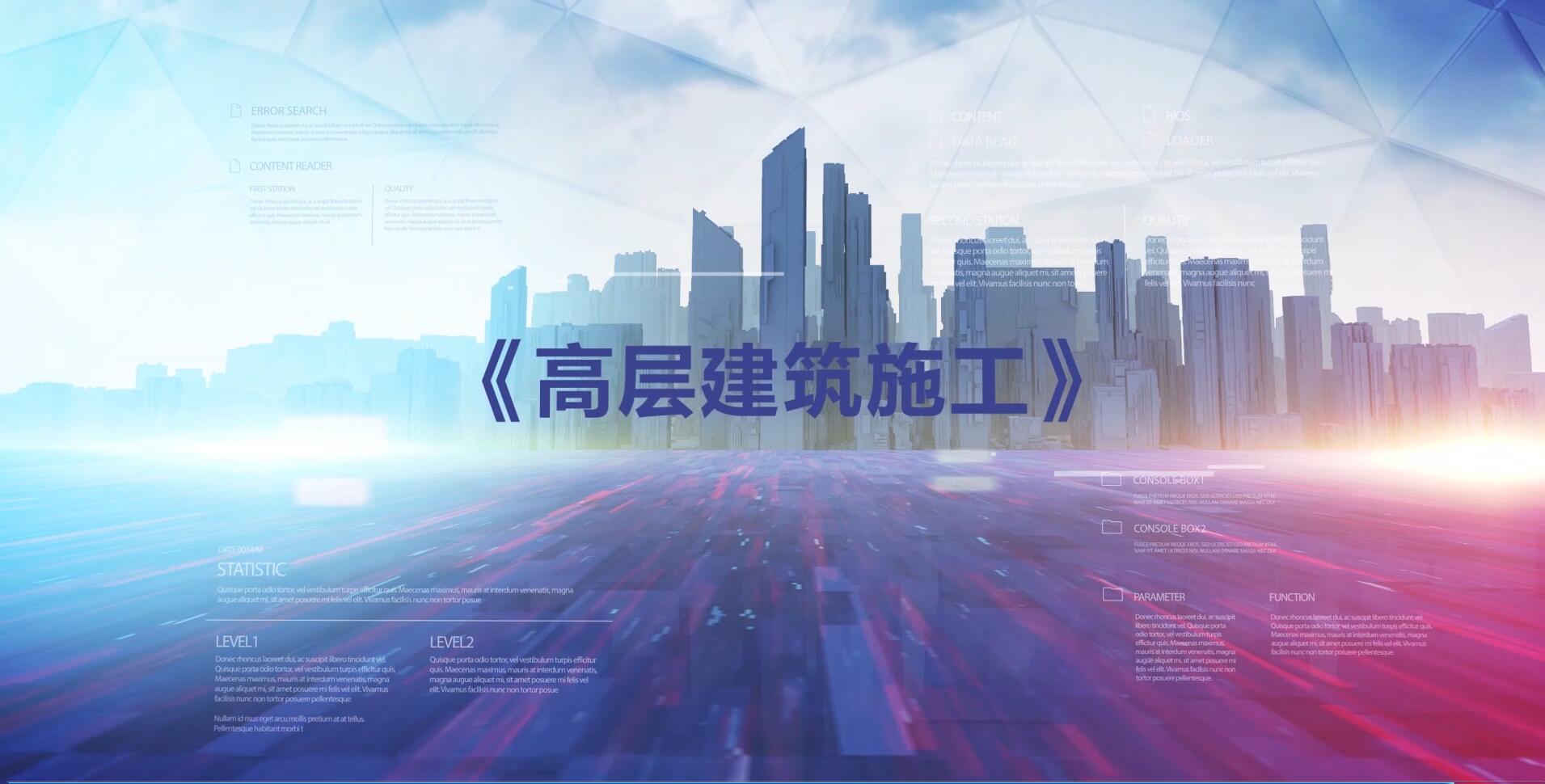
当前课程知识点:Water and Wastewater Treatment Engineering: Physicochemical Technology > Chapter 6 Ion-exchange > 6-6 Desalination system using ion exchange > 6-6 Desalination system using ion exchange
返回《Water and Wastewater Treatment Engineering: Physicochemical Technology》慕课在线视频课程列表
返回《Water and Wastewater Treatment Engineering: Physicochemical Technology》慕课在线视频列表
同学们好!在这一讲我们将学习离子交换除盐系统
水的除盐的目地主要是去除水中各种溶解离子
以满足工业生产对除盐水、纯水的用水要求,以及生活饮用纯净水的要求
离子交换除盐系统有几种形式,首先介绍复床除盐系统
复床是指阳离子交换器和阴离子交换器串联使用,达到水的除盐的目的
复床除盐组合的方式有多种,最基本的组合方式是强酸-脱气-强碱工艺系统
该系统由强酸阳离子交换器、除CO2器以及强碱阴离子交换器组成
原水先经过阳离子交换器,去除水中的Ca2+、Mg2+、Na+等离子后
出水为酸性水,随后通过除CO2器去除水中的CO2
最后经由阴离子交换器去除水中的SO42-、Cl-、HCO3-、HSiO3-等阴离子
达到除盐的目的
强碱阴离子交换器通常设在强酸阳离子交换器之后
其主要理由是避免原水直接进入阴离子交换器
防止产生CaCO3、Mg(OH)2等沉淀,使强碱树脂的交换容量降低
有利于在阴离子交换器中除去硅
强酸树脂比强碱树脂抗污染能力强,放在前面不容易被污染
另外在阴离子交换器前设有除CO2器
可以减轻CO2对阴离子交换器的负担
如果水中的强酸阴离子含量较高,可以采用强酸-脱气-弱碱-强碱系统
在这个系统中,设置在强碱阴离子交换器之前的弱碱阴离子交换器
主要用于去除水中的强酸阴离子
而后面强酸阴离子交换器主要用于除硅
第二种是混合床除盐系统
混合床除盐系统的主要工作原理是将阳、阴离子交换树脂
按比例混合装在同一交换器内,混合使用,再生时分层再生
这种阴、阳离子交换树脂混合在一起的离子交换器称为混合床
在混合床中,由于阴、阳树脂紧密交替接触
相当于由许多阴、阳树脂交错排列构成的多级复床
反复进行多次脱盐,因而出水纯度高
混合床中的交换反应过程如下
H型阳树脂去除氯化钠中的Na+而产生酸
而碱性树脂去除氯化钠中的Cl-而产生碱,两者中和后生成水
上述反应可看成是盐分解反应和中和反应的组合
该反应的离子交换平衡常数等于这个计算式,其数值远大于1
因此也表明该反应比较彻底,脱盐效率高
当混合床运行至树脂达到饱和后,就需要对树脂进行再生
再生前需要先对阴、阳树脂分层
首先从混合床底部通入反洗水对树脂层进行反洗
由于阳树脂和阴树脂存在密度差
因此反洗后会出现明显的阴、阳树脂分层,阴树脂在上、阳树脂在下
其次,碱液从混合床上部流入,通过阴树脂层,使阴树脂得到再生
再生液从中间排水管排出
此时,需要从底部通入小量水流,以防止碱液下渗
当上部的阴树脂再生完毕后,从上部通入清洁的脱盐水
对阴树脂进行正洗,直至出水碱度恢复正常
接下来,从底部进硫酸,对阳树脂进行再生
再生液从中间排水管排出
此时,同样从上部进少量水流,以防止酸渗入到阴树脂
阳树脂再生完毕后,从上部通入脱盐水对阳树脂进行清洗
直至出水酸度恢复正常
清洗完毕后,从底部通入压缩空气,使阴、阳树脂均匀混合
立即快速排水,使整个树脂层迅速下落,以防止重新分层
最后从上部进脱盐水,对树脂层进行正洗
正洗结束后,混合床再生完成,可以再投入运行
混合床的特点是出水水质好而稳定,交换终点明显
由于阴、阳树脂在一个交换器中,因此设备投资省
但缺点是由于阴、阳树脂在同一个交换器中
树脂交换容量利用率比较低
在再生过程中损耗率大,操作比较复杂,有时会出现混层,产生交叉污染
混合床由于出水水质比较好
因此通常在除盐系统起精加工的作用,常用于制备纯水或超纯水
-0-2 Water treatment process
-0-3 Wastewater treatment process
--0-3 Wastewater treatment process
-Chap 0 Homeworks
-1-1 Introduction
-1-2 Properties of colloids
-1-3 Mechanisms and process of coagulation and flocculation
--1-3 Mechanisms of coagulation and flocculation
-1-4 Coagulant and coagulant aids
-- 1-4 Coagulant and coagulant aids
-1-5 Kinetics of coagulation and flocculation
--1-5 Kinetics of coagulation and flocculation
-1-6 Factors affecting the coagulation performance
--1-6 Factors affecting the coagulation performance
-1-7 Facilities for coagulation and flocculation
--1-7 Facilities for coagulation and flocculation
-Chapter 1 Homeworks
-2-1 Introduction
-2-2 Discrete particle settling
--2-2 Discrete particle settling
-2-3 Flocculent settling
-2-4 Zone settling
-2-5 Rectangular settling tank
--2-5 Rectangular settling tanks
-2-6 Process calculation of rectangular settling tanks
--2-6 Process calculation of rectangular settling tanks
-2-7 Vertical Flow (up-flow ) and radial flow settling tank
--2-7 Vertical Flow (up-flow ) and radial flow settling tank
-2-8 Plated sedimentation tank
--2-8 Plated sedimentation tank
-2-9 Clarification pool
-3D interactive demonstration for settling tanks
-Chapter 2 Homework (part 1)
-Chapter 2 Homework (part 2)
-3-1 Introduction
-3-2 Theoretical foundation of air floatation
--3-2 Theoretical foundation of air floatation
-3-3 Pressurized dissolved air flotation
--3-3 Pressurized dissolved air flotation
-Chapter 3 Homework
-4-1 Introduction
-4-2 Structure and process of conventional rapid filter
--4-2 Structure and process of conventional rapid filter
-4-3 Water head loss of filter
--4-3 Water head loss of filter
-4-4 Filtration method of filter
--4-4 Filtration method of filter
-4-5 Filter media
-4-6 Water distribution system
--4-6 Water distribution system
-4-7 Filter backwashing
-4-8 Siphon filter
-4-9 Gravity valveless filter
--4-9 Gravity valveless filter
-4-10 Movable hood filter
-3D interactive demonstration for filtration tanks
--Usage and description for 3-D demonstration
-Chapter 4 Homework
-5-1 Introduction
-5-2 Influence factors of disinfection
--5-2 Influence factors of disinfection
-5-3 Chlorine disinfection
-5-4 Chlorine dioxide disinfection
--5-4 Chlorine dioxide disinfection
-5-5 Ultraviolet disinfection
--5-5 Ultraviolet disinfection
-Chapter 5 Homework
-6-1 Ion-exchange resin
-6-2 Properties of ion-exchange reactions
--6-2 Properties of ion-exchange reactions
-6-3 Properties of cation exchange resin
--6-3 Properties of cation exchange resin
-6-4 Properties of anion exchange resin
--6-4 Properties of anion exchange resin
-6-5 Softening system using ion exchange
--6-5 Softening system using ion exchange
-6-6 Desalination system using ion exchange
--6-6 Desalination system using ion exchange
-6-7 Ion-exchange equipment
-6-8 Treatment of industrial wastewater by ion-exchange method
--6-8 Treatment of industrial wastewater by ion-exchange method
-Chapter 6 Homework
-7-1 Introduction
-7-2 Principle and characteristics of electrodialysis
--7-2 Principle and characteristics of electrodialysis
-7-3 Configuration of electrodialysis unit
--7-3 Configuration of electrodialysis unit
-7-4 Operating parameters for electrodialysis unit
--7-4 Operating parameters for electrodialysis unit
-7-5 Principle and process of reverse osmosis
--7-5 Principle and process of reverse osmosis
-7-6 Operating parameters for reverse osmosis
--7-6 Operating parameters for reverse osmosis
-7-7 Principles and characteristics of UF and MF
--7-7 Principles and characteristics of UF and MF
-7-8 Design of ultrafiltration and microfiltration process
--7-8 Design of ultrafiltration and microfiltration process
-Chapter 7 Homework
-8-1 Fundamental knowledge and classification
--8-1 Fundamental knowledge and classification
-8-2 Ozonation
-8-3 Photo-catalytic oxidation
--8-3 Photo-catalytic oxidation
-8-4 Supercritical water oxidation
--8-4 Supercritical water oxidation
-8-5 Electrolysis
-Chapter 8 Homework
-9-1 Introduction
-9-2 Adsorption equilibrium and adsorption isotherm
--9-2 Adsorption equilibrium and adsorption isotherm
-9-3 Adsorption breakthrough curve
--9-3 Adsorption breakthrough curve
-Chapter 9 Homework




